Transportation Should Be a Bigger Issue in the 2024 Election
As November approaches, the safety, accessibility, and equity of active transit users has, so far, been a footnote at best.
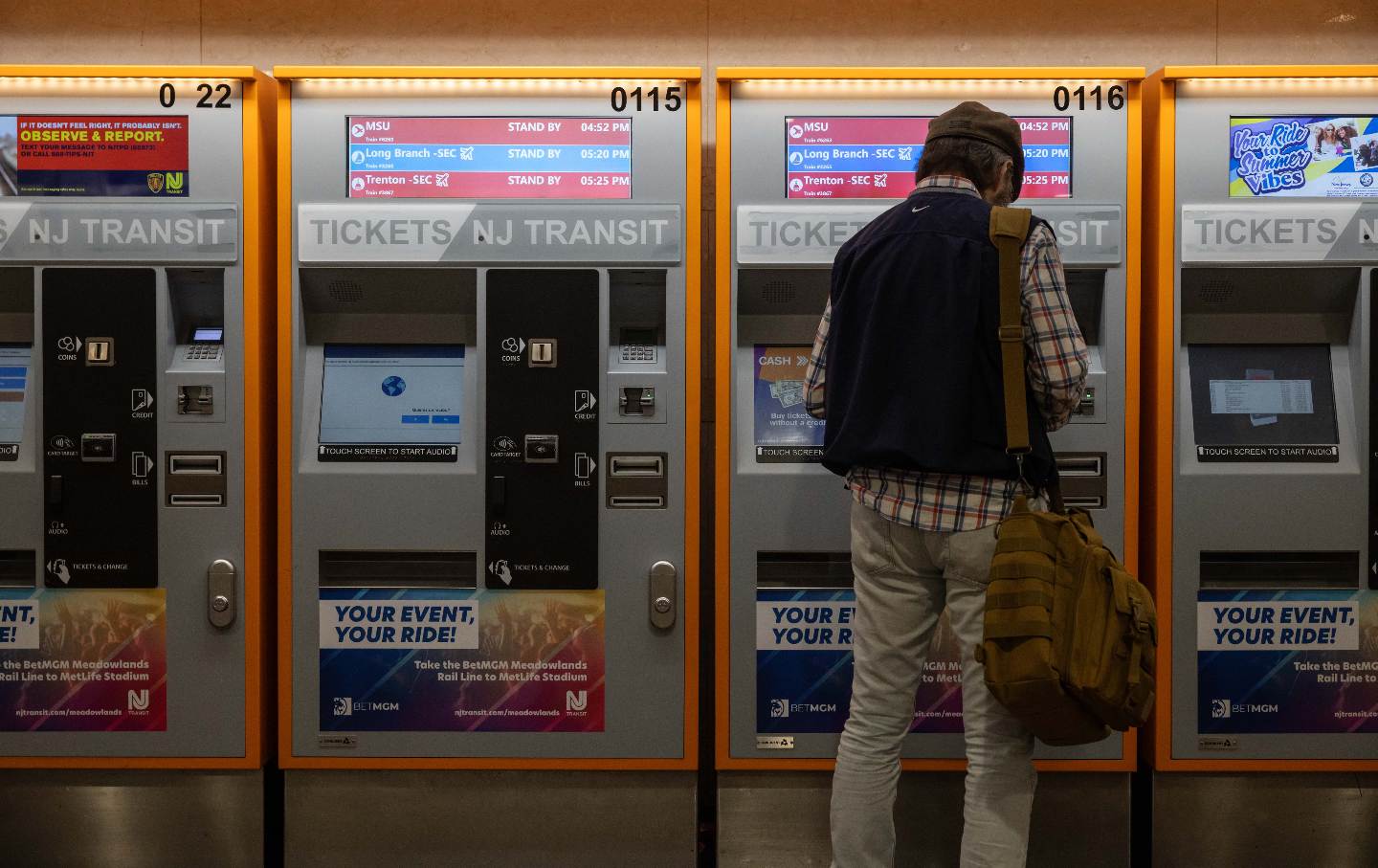
A commuter at a ticket kiosk at New Jersey Transit train station at Penn Station in New York.
(Yuki Iwamura / Getty)
Jamil Modaffari grew up in Penn Yan, New York, a small, rural village of around 5,000 people. His mom didn’t have a driver’s license or access to a car, and public transportation was nonexistent. Their lives changed suddenly when Modaffari’s mother broke her back. Her injury and inability to walk to work forced her to leave her job.
Rural Americans live an average of over 10 miles from the nearest hospital, according to Pew Research Center, and Modaffari’s mother had to travel an hour away to receive medical treatments. But this was only if she could get a ride. Consistent transportation options for Modaffari’s mother would have meant more accessibility to healthcare, resulting in better health outcomes. “If my mother would have had access to transportation that would have got her the healthcare she needed,” said Modaffari, “then maybe she would still be alive.”
Without a mode of transportation—excluding his bike for short distances—Modaffari was also restricted in his community. He was dependent on other people to take him places when and if they could.
“I missed out on so many activities and events, even high school parties because I didn’t have a ride,” Modaffari said. “I know it’s small and it doesn’t mean anything, but those are opportunities to live life growing up. Having to miss sporting events and not being able to go to a camp because you don’t have a way there sucks.”
Modaffari, who now lives in Bella Vista, Arkansas, and works as a policy specialist at the League of American Bicyclists, believes that basic survival heavily depends on access to reliable transportation. “People have to work,” Modaffari said. “People have to make money. Kids have to go to school.… To have a roof over their head, food on their plate, all of these things you need to survive. You have to have some income source and you have to find a way to get to wherever that is.”
The safety, accessibility, and equity of active transit users has, so far, merely been a footnote in the 2024 election. As November approaches, many voters and transportation experts say that these transportation needs and issues should be prioritized.
Design choices make transportation in certain parts of a city inaccessible, unsafe, and unequal, and much of our current transportation infrastructure has racist roots. In 1956, the National Interstate Defense Highways Act established an interstate highway system in the United States, a key campaign promise of President Dwight D. Eisenhower, who valued the need for “a safe and adequate highway system.” But by building through poorer communities, cutting off residents from their homes, this ultimately enhanced suburban living and car dependency in the postwar United States. It also ripped apart vibrant Black communities, causing white flight and the displacement of families and businesses, resulting in socioeconomic desolation and further segregation in these neighborhoods.
These communities still experience the consequences of those policy decisions today, and many young voters believe that transportation should be reframed as a racial equality issue that deserves national attention in the upcoming election.
“You go to community meetings and people are worried for their children about the cars who speed through their neighborhood. They’re worried about getting to the grocery store safely,” said Kai Hall, a coordinating manager for the DC Transportation Equity Network. The voices of those historically left behind in policymaking decisions are silenced, even during national elections. “Part of it is politics, but there are the people who are impacted by the lack of attention paid to transit, predominantly lower-income folks, predominantly Black and brown communities.”
While more voters have cited transportation and infrastructure as critical issues in recent years, it isn’t often thought of as a political issue because people don’t think it can change, said Adah Crandall, an organizer with the Sunrise Movement. “We’ve kind of just accepted that the way things are, is the way that things are always going to be—which in the US means building highways and continuing to expand them in hopes that will somehow solve the problem of traffic, even though it’s proven that’s not how it works.”
To Crandall, this lack of reliable transportation nationwide is an intentional political choice. “If the bus doesn’t come consistently, or if the bus is late and you miss a job interview, and you miss that opportunity because of that, that’s a policy failure. If a kid is getting hit by a car walking or biking to school, that’s a policy failure,” said Crandall. “It doesn’t have to be that way.”
In 2021, the Bipartisan Infrastructure Deal recognized that “America’s public transit infrastructure is inadequate” and that its failures predominantly impact communities of color, who are twice as likely to take public transportation. The bill included funds to rebuild and improve America’s roads, railroads, bridges, and ports and address transportation and environmental infrastructure needs.
Popular
“swipe left below to view more authors”Swipe →Non–car owners should be prioritized in transportation infrastructure choices, said Avi Kaplan, a recent graduate of Stony Brook University on Long Island, New York. “It feels like there’s a vocal uproar when you propose limiting the accessibility of the city to cars, but there’s not really an uproar when you hear there’s not a sidewalk anywhere on Long Island,” he said. In 2022, the federal government spent $52 billion on highways and roads, according to the Congressional Budget Office. But about 30 percent of the US population does not drive, according to All Aboard Northwest.
The lack of prioritization of public transit users is “mind-boggling,” especially in New York City where the subway is iconic, said Caroline Pollak, a recent graduate of the City College of New York. She hopes that more funding will be allotted to rail systems after the upcoming election.
In June, Governor Kathy Hochul paused the congestion relief zone program—“pending necessary approvals”—which would charge drivers a toll for coming in and out of much of Manhattan. Not only would this limit car dependency, lessen pollution, and result in safer, people-centric streets; 8 percent of the revenue would have been spent on improvements to public transportation systems—including the subway.
“What’s important to me is putting money into the train system,” Pollak said. “It’s completely the beating heart of the city. The majority of the people that live here, could not live here if it didn’t exist. I think money needs to be put into fixing whatever makes the train run smoother.”
Young voters also want to live in walkable cities, Hall said. With Generation Z facing higher housing costs, student loans, and increasing wealth inequality, providing affordable transportation to access their community and resources is crucial. “Young people are threading the needle between how auto-centricity, promoted by policies and actions of previous generations, exacerbates climate change, the housing crisis, racial and economic disparities, and a feeling that cities center cars over people,” he said. “Young people recognize that auto-centricity doesn’t benefit them.”
“Part of tackling the climate crisis means building high-speed rail all across the country, stopping the funds for highway expansions, and instead making our communities walkable and bikeable,” said Crandall, “which is something young people are largely enthusiastic about.”
Alyssa Proudfoot Siegel, an organizer for the Washington Area Bicyclist Association, understands that a lot of transportation decisions are hyperlocal, but “having a government that can open the way to that is the biggest step forward,” she said. Voting for presidential candidates with robust public and active transportation policies is essential to leading the country to a better and necessary future, she said. “I am looking forward to seeing what Kamala Harris will do, but also Tim Walz, who has been an amazing advocate for alternative transit.”
Crandall hopes that the next president provides transportation alternatives that “won’t contribute to lighting our planet on fire,” she said. “There are real consequences of a transportation system that doesn’t work for us, both for the climate and also just the impacts in people’s daily lives.”
While Crandall is optimistic about “the engagement and enthusiasm that has skyrocketed” since Kamala Harris became the presidential nominee for the Democratic Party, she also notes that “memes aren’t going to win the election, policy is,” especially to garner the support of young voters.
For Crandall, it’s important to have someone in office who recognizes the impact that transportation systems have on people’s lives and who wants to make changes to decarbonize. But there may be other issues at the forefront of the minds of voters, she said. “It is hard and somewhat unreasonable to expect voters to be thinking that much about their roads and their intersections when hundreds of people have died in climate disasters this year and thousands of people are dying in Gaza because of our elected officials’ actions,” Crandall said. “It is not the most polarizing and pressing thing in the news.”
“The right has put out Project 2025 as a very bold vision of what the future could be,” said Crandall. “It paints a tangible picture of a world that their base can get behind and fight for.” To get voters excited about transportation, Democrats have to put out a bold alternative. “I think it is really important that Harris is putting forward something equally tangible and more compelling that will win young people over. This is not an election where moderate policies can beat out far-right policies.”
Support independent journalism that exposes oligarchs and profiteers
Donald Trump’s cruel and chaotic second term is just getting started. In his first month back in office, Trump and his lackey Elon Musk (or is it the other way around?) have proven that nothing is safe from sacrifice at the altar of unchecked power and riches.
Only robust independent journalism can cut through the noise and offer clear-eyed reporting and analysis based on principle and conscience. That’s what The Nation has done for 160 years and that’s what we’re doing now.
Our independent journalism doesn’t allow injustice to go unnoticed or unchallenged—nor will we abandon hope for a better world. Our writers, editors, and fact-checkers are working relentlessly to keep you informed and empowered when so much of the media fails to do so out of credulity, fear, or fealty.
The Nation has seen unprecedented times before. We draw strength and guidance from our history of principled progressive journalism in times of crisis, and we are committed to continuing this legacy today.
We’re aiming to raise $25,000 during our Spring Fundraising Campaign to ensure that we have the resources to expose the oligarchs and profiteers attempting to loot our republic. Stand for bold independent journalism and donate to support The Nation today.
Onward,
Katrina vanden Heuvel
Editorial Director and Publisher, The Nation
More from The Nation
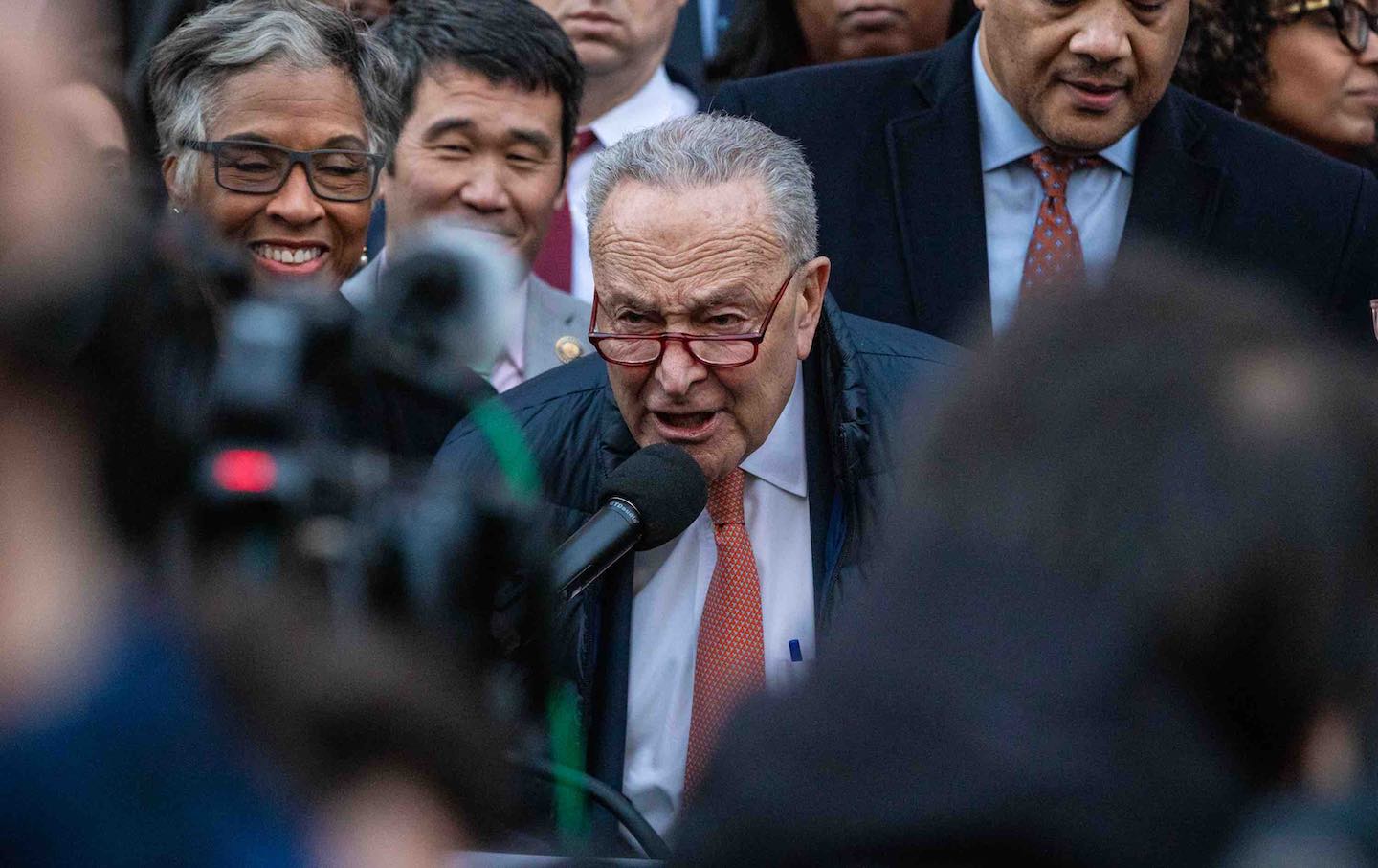
Chuck Schumer’s Flight-Over-Fight Instinct Is Leaving Democrats in the Lurch Chuck Schumer’s Flight-Over-Fight Instinct Is Leaving Democrats in the Lurch
The Senate minority leader appears to think the way to resist the Trump administration is by voting for the GOP’s spending bill.
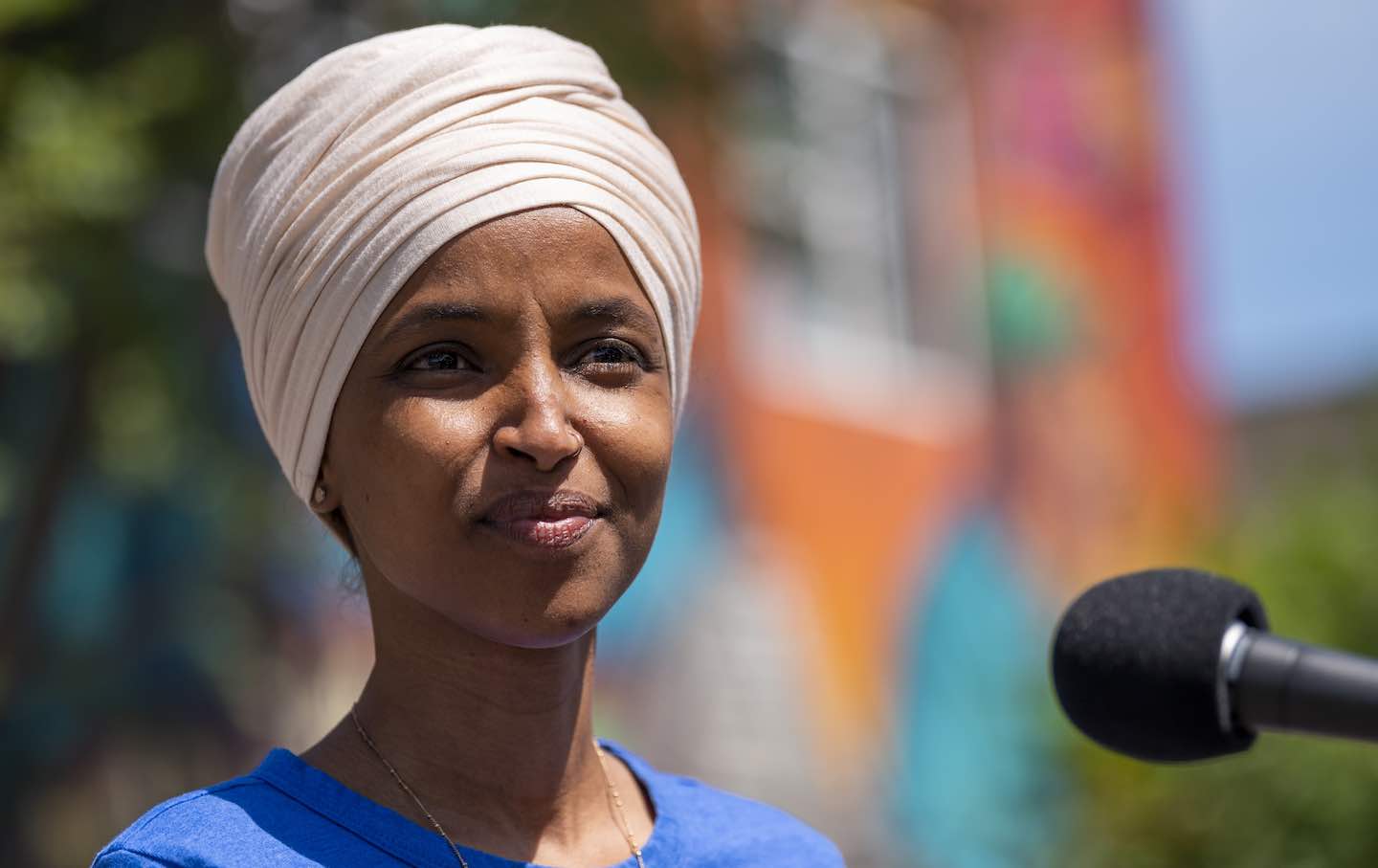
Ilhan Omar’s American Dream Is Strong Enough for These Times Ilhan Omar’s American Dream Is Strong Enough for These Times
Thirty years after she came to the US, the Minnesota representative keeps the faith in an America that will ultimately reject the divisive politics of Trump and his minions.
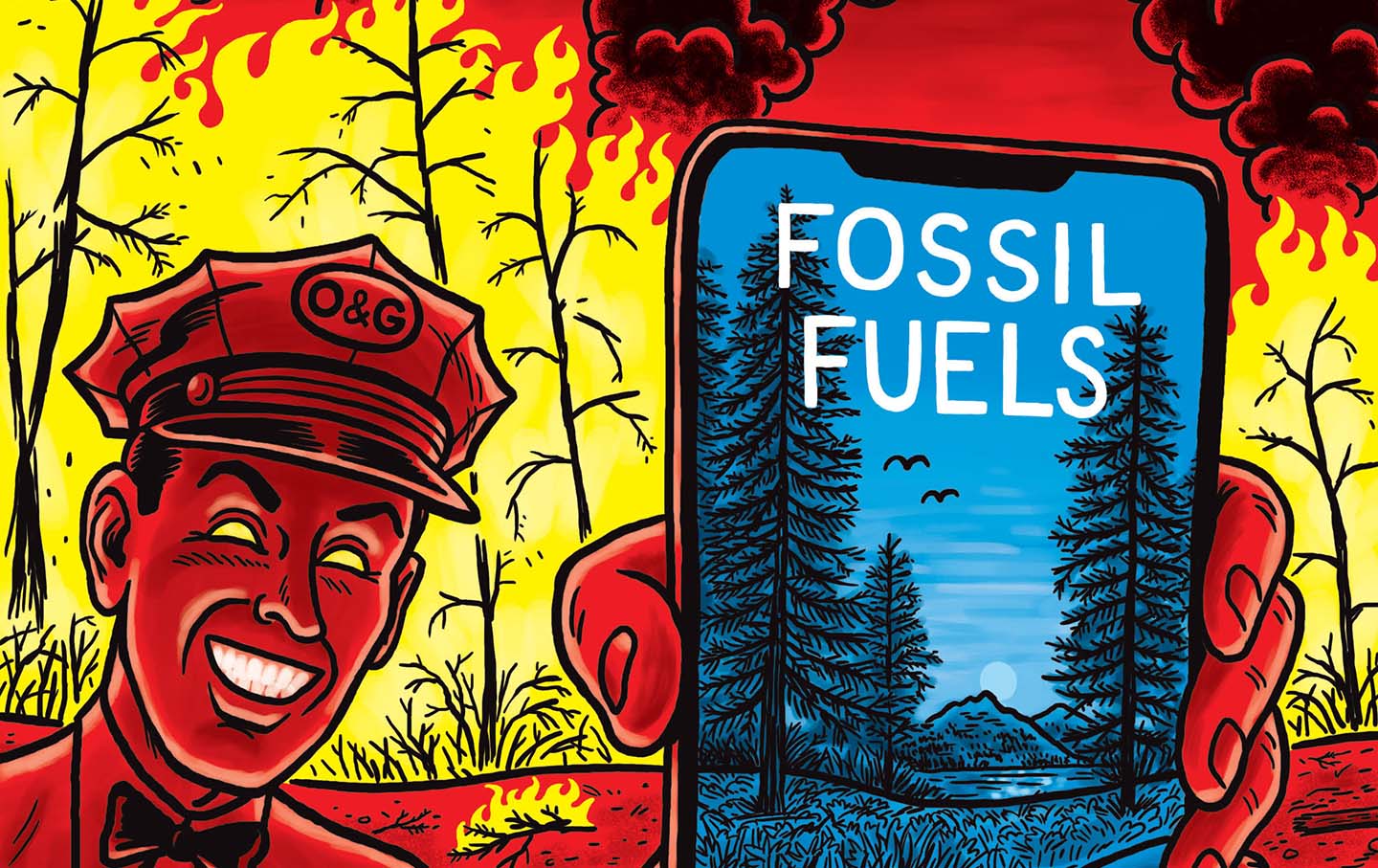
Denying Reality as We Burn Denying Reality as We Burn
Check out all installments in the OppArt series.
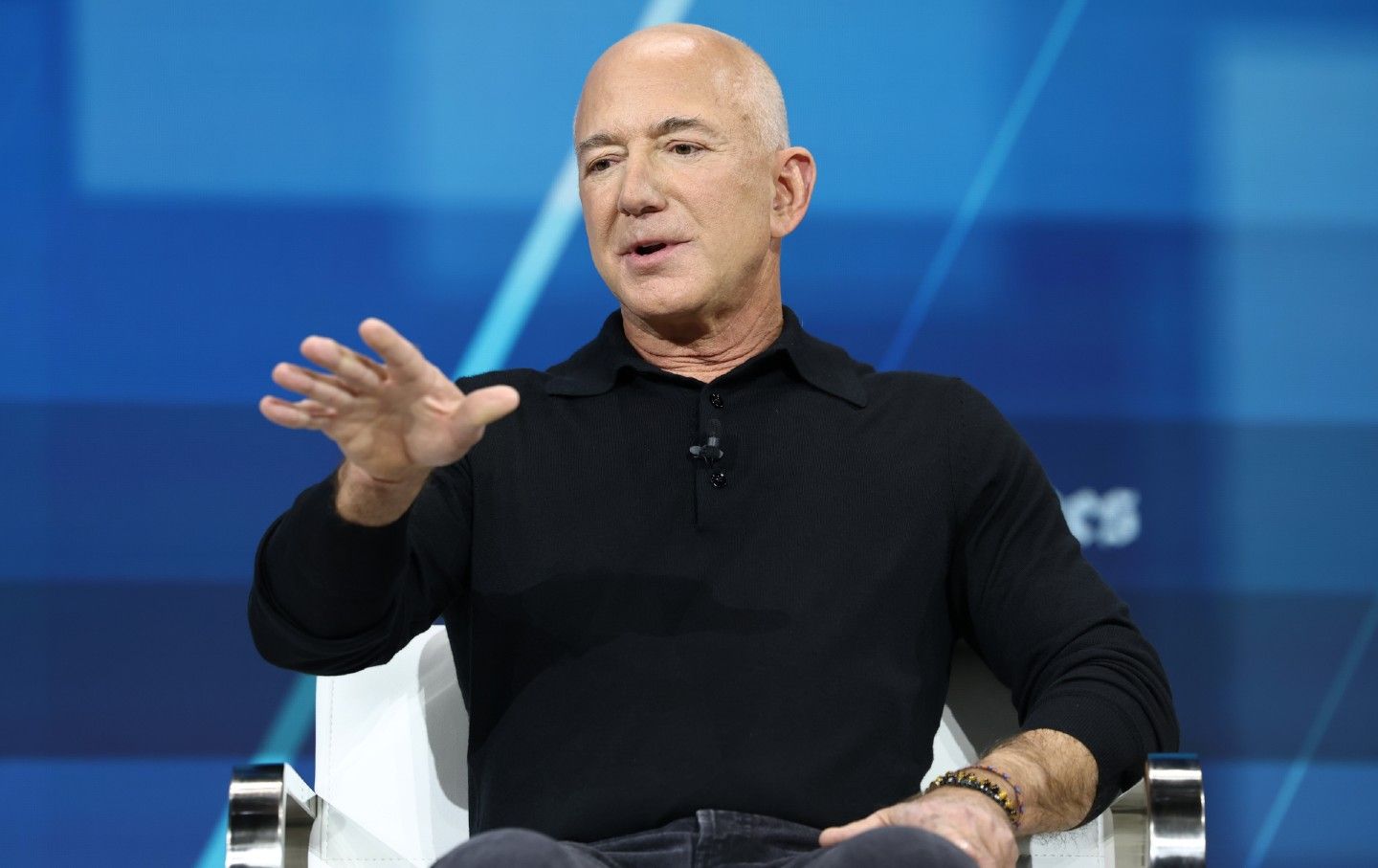
Can the Free Press Be Saved? Can the Free Press Be Saved?
It will take a new movement of responsible readers and benefactors to protect independent media.
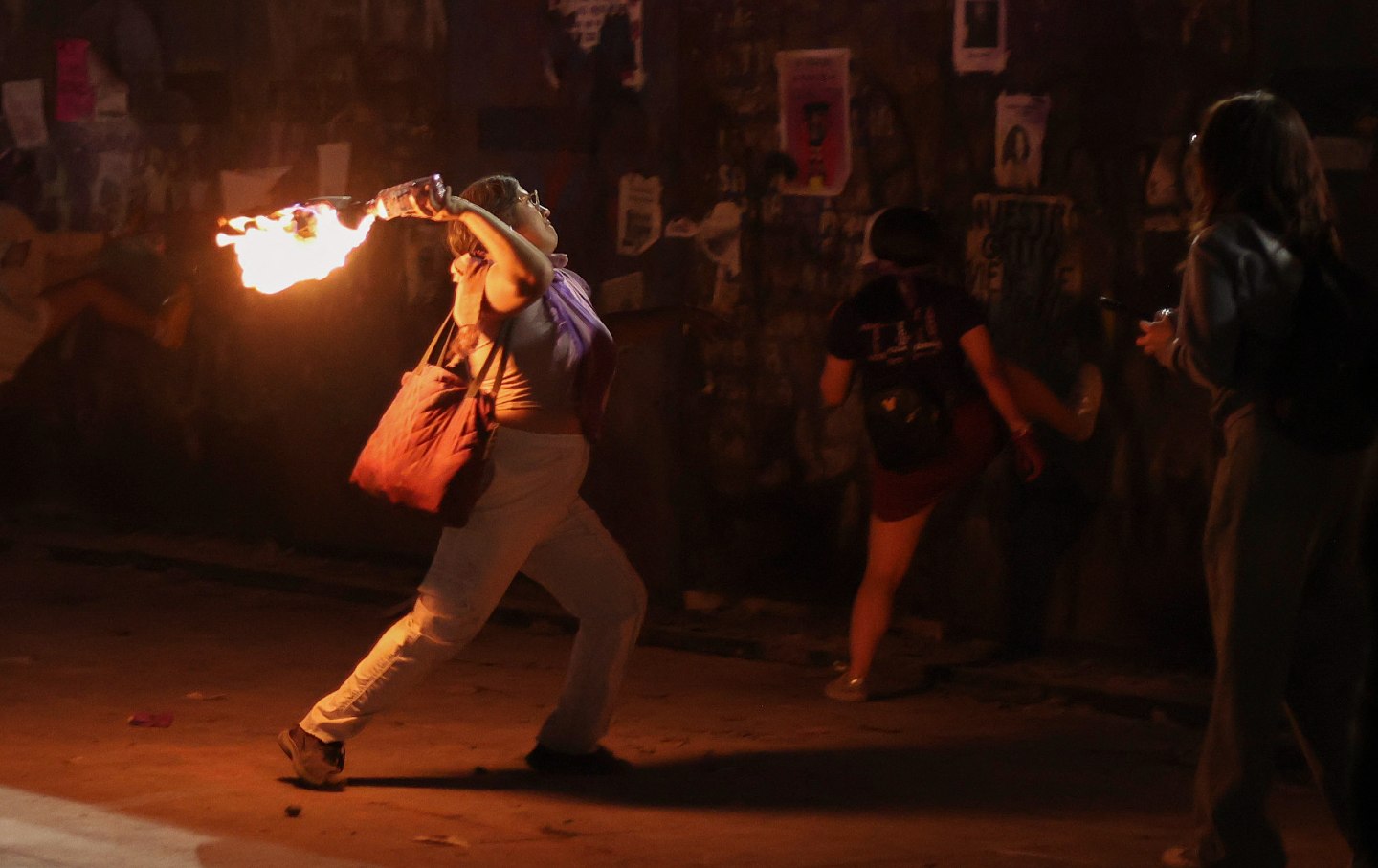
Is Political Violence Ever Acceptable? Is Political Violence Ever Acceptable?
Natasha Lennard argues that it’s harmful to acquiesce to the state’s determinations of violence, while David Cortright writes that violent acts prevent mass resistance movements.



